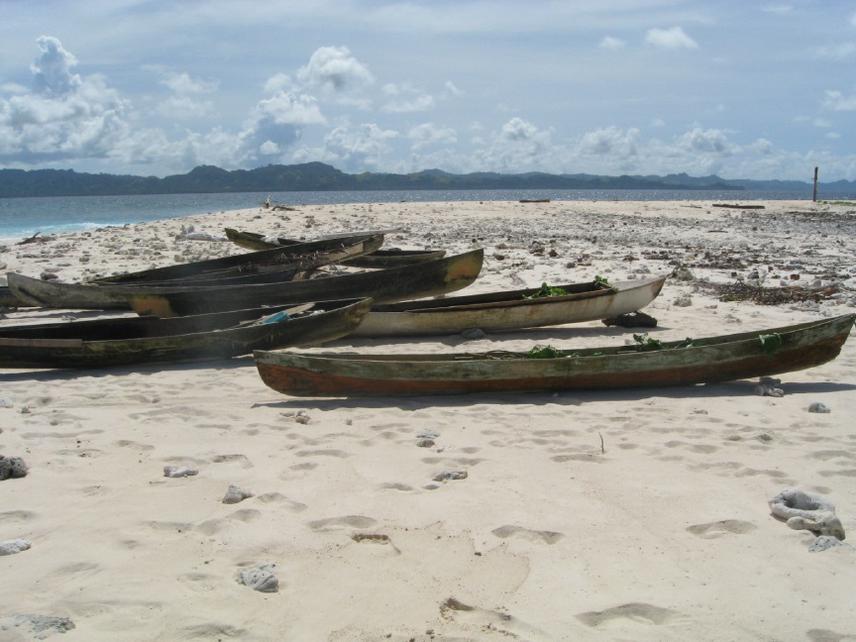Reuben John Sulu
This project aims to assess the demographic status of three coral reef grouper species and their vulnerability to artisanal fishing pressure.

Coral reefs form a significant part of fisheries in less developed countries both for subsistence and income. However fishing has both direct and indirect detrimental effects on coral reefs. Poorly managed fishing can cause species & habitat loss and ecosystem shifts. Particularly vulnerable are the top predators targeted for their high value at local markets or for the live reef fish trade. Knowledge of social factors driving fishing and the effects of fishing on the biological aspects of these highly targeted species would provide valuable empirical data leading to better management of these coral reef species. However there is a lack of such data and knowledge in a lot of developing countries, including the Solomon Islands.
Plectropomus species are highly targeted both for the Solomon Islands local market and for the live reef fish trade in Hong Kong. P. leopardus in the Pacific and Southeast Asia region specifically has been listed as near threatened on the IUCN red list. Anecdotally landings of Plectropomus in Solomon Islands appear unsustainable resulting in local extirpations, but in the absence of reliable data, the level of threat and vulnerability are unknown, hence, appropriate conservation measures and strategies cannot be devised.
Four sites in the central SI which vary in fishing pressure have been identified. Sites would be visited sequentially from January 2007- May 2008 (1month at each site) to survey the fish stock and fishery. Socio economic information of the drivers of exploitation will be collected by structured and semi structured interviews. These interviews will determine:
(i) local knowledge and spawning aggregations of Plectropomus
(ii) fishing areas for Plectropomus
(iii) the size of fishing areas
(iv) current harvest pressure exerted on the fisheries by local and external demand.
This information will help understand the social aspects of the Plectropomus fishery. Biological information that will be collected will include:
(i) the species composition of Plectropomus in fisheries landings at each location
(ii) catch per unit effort
(iii) length and weight measurements
(iv) the collection of otoliths and gonads from fishermen’s catches for laboratory processing and analysis later to determine age structure, mortality rates and sex structure.
Comparison of biological information using regression analysis, ANOVA and life history characteristics over the fishing gradient across the sites will shed light on how fishing has impacted the species.